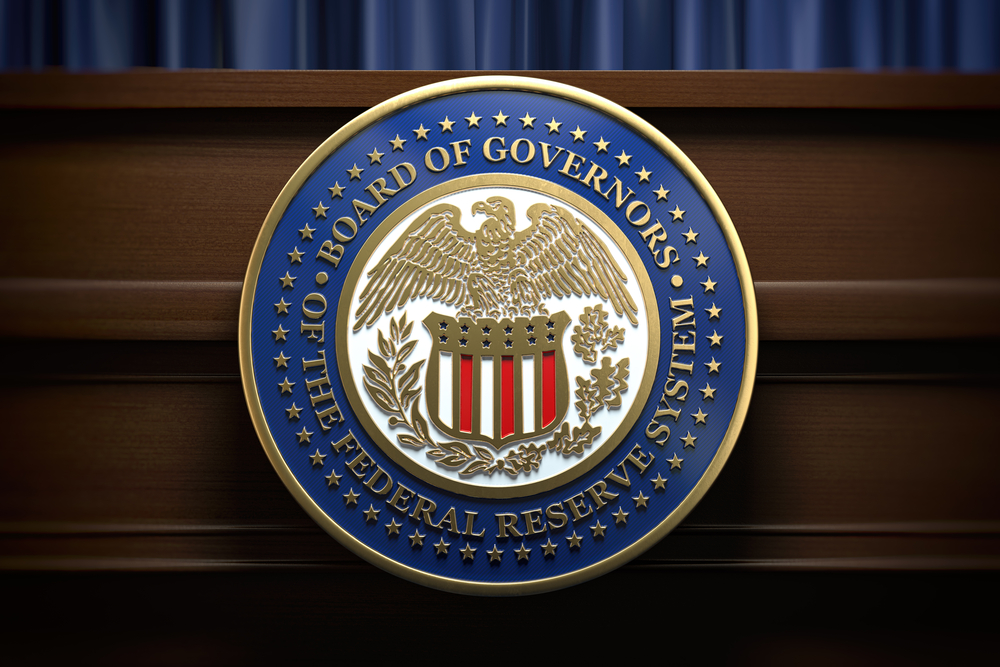
Monetary Policy & Inflation | US

Monetary Policy & Inflation | US
This article is only available to Macro Hive subscribers. Sign-up to receive world-class macro analysis with a daily curated newsletter, podcast, original content from award-winning researchers, cross market strategy, equity insights, trade ideas, crypto flow frameworks, academic paper summaries, explanation and analysis of market-moving events, community investor chat room, and more.
Coming into the 1 November FOMC meeting, the Fed faces three issues: higher growth, risks to disinflation, and tightening financial conditions.
Growth has been persistently higher than the Fed expected (Chart 1). The minutes have repeatedly noted this over the past year or so. Also, for Q3 GDP, consensus expects 4.5% saar and the Atlanta Fed nowcast expect 5.4%, respectively equivalent to 2.8% and 3.1% YoY, compared with a September SEP 2023 forecast of 2.1% YoY for Q4.
The persistent Fed growth surprises reflect that their macro scenario did not go as expected. The Fed expected disinflation to come through policy tightening bringing about slower growth and higher unemployment (Chart 2). In reality, inflation slowed despite an acceleration in growth and a decline in unemployment.
The Fed’s main explanation for the combination of strong growth and disinflation is stronger labour market efficiency, which has allowed a decline in the number of job vacancies per unemployed. In turn, this was to translate into lower wage growth associated with lower unemployment.
For a while, the Fed thesis played out (Chart 3). But recent inflation data suggests it could soon be tested.
The latest CPI print shows that disinflation may be at risk. The MoM core and median price CPI have accelerated for three months in a row on the back of an acceleration in core services excluding housing and a recovery in housing inflation.
The risk, mentioned by Governor Michelle Bowman, is that the disinflation of the past year could have reflected energy price deflation, and, with energy prices stabilizing, disinflation could end and even reverse. The data shows early signs of passthrough from energy to core and median price inflation (Chart 4).
Against these risks to disinflation, bonds have been selling off for the past seven months, which has recently seen some FOMC members, mainly but not limited to the doves, argue that tightening financial conditions weakened the need for further hikes.
In June, the Fed started to publish its own FCIs, which measure the cumulative impact of changes in financial conditions over the previous one-year or three-year on year ahead GDP growth. The latest value of the index for September 2023 was published on 16 October and shows (Chart 5):
The Fed’s own FCIs show that the impact of policy tightening is fading. If growth continues to accelerate, the Fed FCIs could imply that more policy tightening is needed, though this is not yet the view of FOMC participants!
The Fed has already signalled that it would pause. I expect Chair Powell’s latest speech to provide the blueprint for the meeting’s forward guidance.
In the speech, Powell said ‘Additional evidence of persistently above-trend growth, or that tightness in the labor market is no longer easing, could put further progress on inflation at risk and could warrant further tightening of monetary policy.’ Powell is likely to convey something similar at the FOMC, i.e., more hikes above and beyond the additional 2023 hike pencilled in the September SEP if disinflation does not continue.
Powell further said, ‘Financial conditions have tightened significantly in recent months. We remain attentive to these developments because persistent changes in financial conditions can have implications for the path of monetary policy.’ The key words here are ‘persistent’ and ‘can’: the Fed will want reasonable assurances that the tightening is long term as well as clear signs that growth is slowing to skip altogether the additional 2023 hike currently in the SEP.
I also expect Chair Powell to signal that QT will continue apace next year, in line with stable reserves and slow growth in banks’ balance sheets and therefore in demand for reserves.
I still expect an additional 2023 hike for three main reasons. First, I expect growth to remain sustained through the end of the year, despite the tighter financial conditions that I think have little impact on economic growth. Second, I also expect banks to remain stable and continue growing their loan books, thanks partly to Fed liquidity support and government implicit deposit guarantees. And finally, I expect core PCE to end the year near the 3.7% q4/q4 included in the September SEP.
Based on the commentary I have seen, my expectations for the meetings are more hawkish than consensus. That said, I am unsure this will be enough to move the market needle. Markets are currently pricing only a 25% risk of a December hike.
Spring sale - Prime Membership only £3 for 3 months! Get trade ideas and macro insights now
Your subscription has been successfully canceled.
Discount Applied - Your subscription has now updated with Coupon and from next payment Discount will be applied.